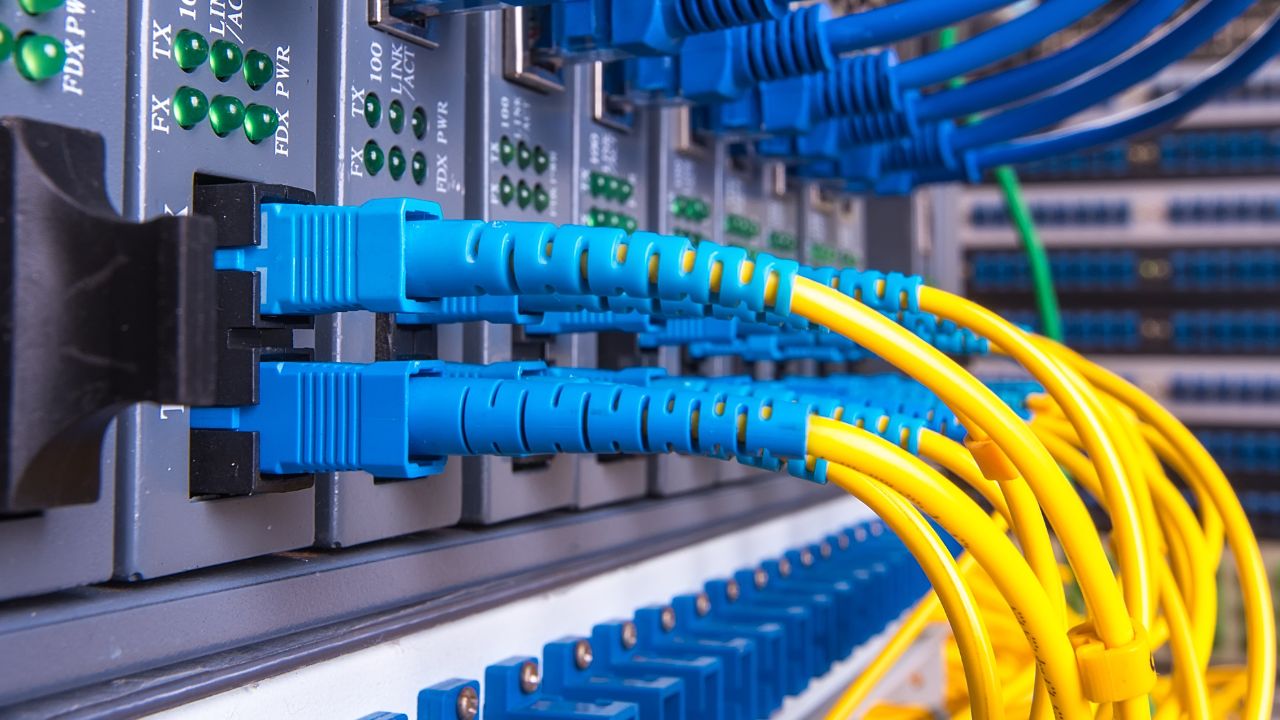Fiber optic cables have really driven high-speed data, and for this sake, fiber optic cable has been the main force. As people continue to upgrade their existing networks and new installations take place, pre-terminated fiber optic cables are popularly identifiable due to their convenience, quick time to implement, and lower hassle of installation.
Although the option of installing a pre-terminated fiber optic cable might seem attractive, you should consider some things before making a choice and starting the installation.
5 Important Considerations Before Installing And Implementing A Pre-Terminated Fiber Optic Cable
Pulling Tension and Bend Radius
Pre-terminated fiber optic cables are an inherently fragile medium that can easily break or otherwise be damaged during the installation workflow, as the technician must ensure that there are no sharp bends in the cable and that the tension is at an appropriate level to prevent such issues. When it comes to tension, appropriate measures are always indicated by the manufacturer and should be adhered to in order to minimize the apparition of these potentially catastrophic scenarios. The equipment should have the maximum force required for a single length, as well as the force required for vertical installation, as these numbers are similar in most contexts. Route the cable using proper installation techniques. Use pull-eyes, special lubricants, and guides to ensure the tension is distributed evenly along the cable while avoiding too-sharp bends. Allow for enough slack at the terminations to prevent additional pressure on connectors during inspection and maintenance.
Cable length and attenuation
Then comes the pre-terminated fiber optic cable length. As light goes through the fiber, it becomes attenuated, meaning its signal gets weaker. If we apprehend the rate of how it gets weaker, then the lengths of the cable could be compared to select the one that allows the best quality and relies on transferring data. As such, the longer the cable, the more attenuated it is. When considering distance, users must carefully measure how close the source point is to the destination. Also, remember to permit additional slack, for routing and for any future maintenance that might be necessary for the cable run.
Connector Types and Compatibility
When attempting to decide which pre-terminated fiber optic cables will work best for you, one must consider that the entity will have connectors that are compatible with the hardware used, such as network switches, servers, and patch cables. Connectors come in a variety of shapes and sizes, including but not limited to LC, SC, ST, or MT-RJ, and are covered in too many classified connectors to reasonably summarize here, but it is important to verify that the connectors’ polarity matches that of the existing equipment. It will ensure that the equipment’s sending and receiving signals are not reversed, preventing the cables from passing the signal through the transmitter into the receiver’s cables by up to 40%, disrupting the connection between the two.
Testing and Certification
Testing and certification of the installed pre-terminated fiber optic cable is necessary before commissioning. Such testing should include the measurement of end-to-end attenuation using the optical time-domain reflectometer and optical return loss measurement. Another testing step is the inspection of the connectors for physical damage contamination. It is recommended to use the testing equipment compliant with standards and procedures as recommended by the equipment’s manufacturer. The results of testing should be documented and subsequently evaluated against specified performance criteria.
Conclusion
Installation of pre-terminated fiber optic cable is beneficial, there are several factors to consider for successful installation. They include the length of the cable, compatibility of the connectors, cable construction, pulling tension, bend radius, and testing and certification. If these factors are taken into account, the installation of pre-terminated fiber optic cable will be safe and secure, leading to efficient and higher-speed data transmission in the network.


